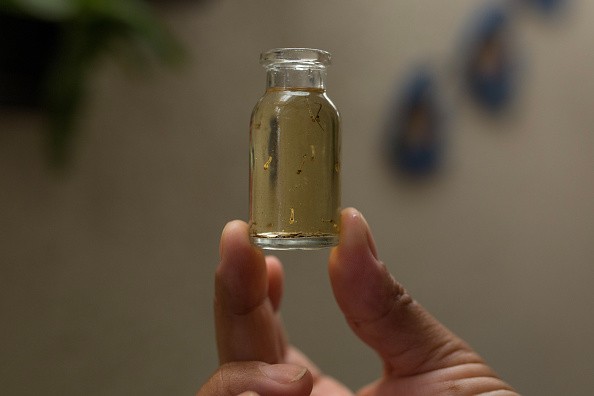Chinese scientists have finally mapped out the structure of the NS1 protein of the Zika virus, the state-owned China Radio International reported on Wednesday.
The discovery could eventually help researchers develop a vaccine for the virus transmitted by the Aedes aegypti mosquito, according to a report from CRI English.
Shi Yi, an associate research fellow from the Institute of Microbiology of the Chinese Academy of Sciences, told China Radio that the N1 protein, which is also present in other viruses under the flavivirus genus, serves two functions.
"First, it can help eliminate the virus from the human body," Shi said. "Second, it can be used as a target for vaccines to locate the virus, because some antibodies will be generated by its stimulation resulting in some autoimmune diseases."
Aside from working out the protein's molecular structure, their research team has also determined how the protein interacts with the host after it has been infected by the virus.
Shi said the research has the potential of preventing the spread of the Zika virus worldwide, although additional research is needed.
"The main objective of our research is to inform people that there is a Zika virus NS1 protein that can be used as an important virus locator in the future," Shi said. "We can use the NS1 protein to develop vaccines and provide relevant diagnosis."
Sumayah Aamir, a writer/analyst from tech news website I4U news, echoed Shi's sentiments, saying more efforts need to be done in the long run.
"It will take more than a band-aid approach to solve this latest illness that has brought the global village to its knees," she said, although admitting that the NS1 protein will serve as a locator of the virus.
Outbreaks of the Zika virus have been reported in more than 30 countries and have been blamed for the sharp increase in the birth of babies with abnormally small heads, or microcephaly, as well as cases of Guillain-Barre syndrome, a type of muscle disease.



























